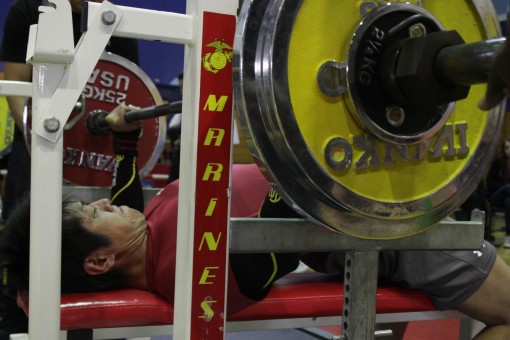Vacuum Pumps: Their Amazing Power And Many Uses

In order for pieces of heavy equipment and other machinery to function
, several different parts have to work together within a complex system. For the systems to work properly, each individual part has to be well maintained. Thus, for those who regularly work with machinery, it's important to be familiar with the different parts that work within the equipment's system so that you know how to best care for the machine and how to repair it when it breaks.And one of the most vital and powerful parts of many pieces of machinery is the vacuum pump--a mechanism that creates a partial vacuum (an area that is completely empty, devoid of all matter) by removing gas molecules from a sealed volume.
Vacuum pumps are commonly used to move parts and power machines. Pieces of equipment that frequently use a vacuum pump vary across several different industries and include flight instruments in many aircraft, diesel engines, hydraulic brakes, cruise control systems, and throttle drivers.
Vacuum pumps are also used in a variety of manufacturing processes, including composite plastic molding, the production of electric lamps and vacuum tubes, semiconductor processing, medical procedures that require suction, vacuum coating for decoration and durability, glass coating, trash compacting, and air conditioning services.

And vacuum pumps have many more uses that extend beyond mere industrial purposes. They are also used for scientific studies and processes, including many of the processes already mentioned. Other scientific processes that utilize vacuum pumps include electron microscopy; procedures that analyze gases, liquids, and solids; several medical processes, including radiotherapy, radiosurgery, radiopharmacy; and freeze drying.
As previously mentioned, a vacuum pump is a piece of equipment that removes gas molecules from a sealed area in order to create a vacuum. And this piece of technology has been around for quite a while. In fact, the vacuum pump has been around for hundreds of years. It was first invented around 1650 by the German scientist Otto von Guericke. During one of Otto von Guericke's presentations, two copper hemispheres were joined together in an enclosed space.
Using a pump, he removed the air from the hemispheres, and then using a team of eight horses, he tried to pull apart the two hemispheres, but they didn't budge. He repeated the process adding more horses, and still the hemispheres would not pull apart. However, when von Guericke allowed air to move back into the container, the two spheres we easily moved apart. This was the first time the power and strength of vacuums (spaces without any matter) were realized.
Before vacuum pumps were applied to mechanical processes, it was first intended for use by chemists. Vacuum pumps allowed these chemists to study the properties of gases as well as electricity. Vacuums were extremely helpful in these processes because in the absence of all matter, including all gases, scientists could insert a single gas in the vacuum and study it without any interfering air or the effects of other gases. The same benefits were realized when studying electricity in a vacuum.
Throughout the years, modifications and improvements have been made to the vacuum pump, and today there are two basic types of commonly-used vacuum pumps: the compressed-air pump and the electromechanical pump. With a compressed-air pump, compressed air is forced through a nozzle. To move the compressed-air, this type of vacuum pump uses a cylinder and a cooperating block, which has air supply passageways formed with it.
As a piston moves forward and back within the space of the cylinder, a valve that moves between two positions in the block controls the movement and supply of compressed air. When the compressed air interacts with the high-pressured air outside the sealed container, a vacuum is created.
The second type of vacuum pump is the electromechanical pump. Instead of forcing air through a nozzle, this type of vacuum pump uses a rotating rotor and vanes that trap the air and then force it through a pump. As the air is pushed through, a partial vacuum is created. Lately, this type of vacuum pump has proven particularly valuable in the medical industry to help in heart surgery.

Of course there are a variety of other types of vacuum pumps that may overlap with the two types already discussed. Entrapment pumps include ion pumps, getters, and cyropumps and are used to capture gases in a solid state. With a momentum transfer vacuum pump, high-speed jets or rotating blades create a vacuum by moving gas molecules out of an enclosed space. And positive displacement vacuum pumps consist of a repeatedly expanding cavity that allows gas to move from a container. The pump then seals off the cavity, releasing the gases into the outside air.
Once you understand the amazing power of vacuums, you can better realize the importance of vacuum pumps in the industrial and scientific world. If a vacuum pump breaks or malfunctions, than the powerful strength of the vacuum cannot be used and vacuum pump repair is usually necessary. Luckily, finding services and organizations that offer vacuum pump repair isn't too difficult to find, and in most cases, the service is quite affordable.
Vacuum pumps perform invaluable operations for several different industries. By removing matter from sealed areas, a completely empty yet powerful space is created, and that power has been used for hundreds and years and will continue to be used for hundreds of years to come.
by: Art Gib